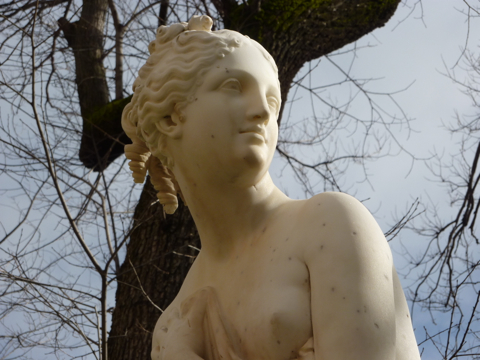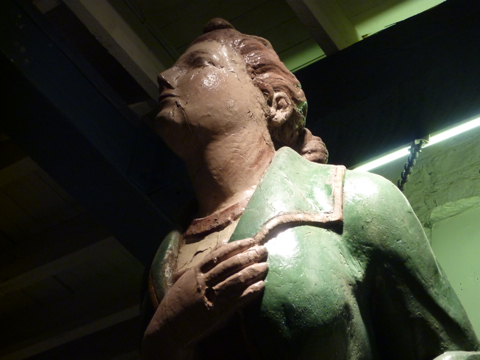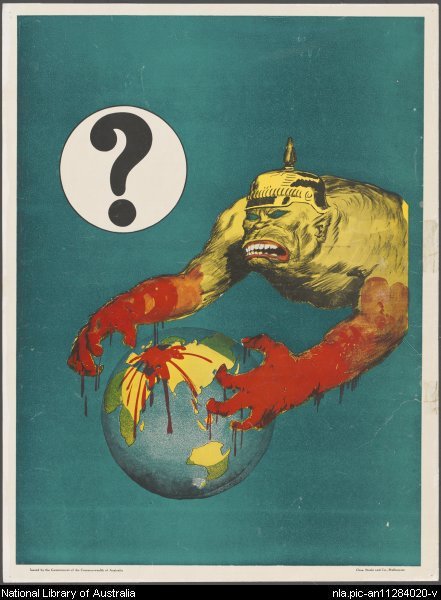Adelaide
Adelaide (AKA ‘Radelaide’) has more to offer than transport museums, of course. On my last day there I had a look at the South Australian Museum, as well as some of the nearby sights. This copy of a Venus by Antonio Canova was apparently somewhat controversial when presented to the city in 1892, though she […]




